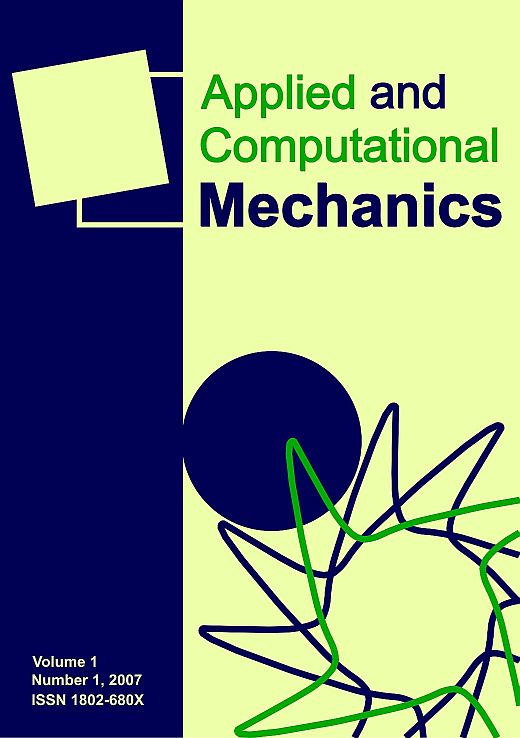Helmet to head coupling by multi-body system
DOI:
https://doi.org/10.24132/acm.2019.432Keywords:
motorcycle, rider, helmet, coupling, multi-body systemAbstract
The number of fatalities proves that traffic accidents and their consequences are still a serious problem to be solved. Almost half of the people dying on the world’s roads are pedestrians, cyclists, and two-wheeler riders, which are together called vulnerable road users. Future challenges such as multi-modal transport including autonomous cars and other modes of transport bring additional safety issues to be investigated. New impact scenarios, covering multi-directional impacts, can be hardly assessed using hardware dummies. Hence, the numerical simulation using human body models is the technology to be addressed for future safety assessment. Especially for vulnerable road users, the complex dynamical loading must be taken into account. Long impact scenarios with complex loading usually cost a lot of calculation time. The presented work contributes to the numerical assessment of two-wheeler riders’ safety with a further view of the optimization of personal protective equipment. For running plenty of impact scenarios for optimization of the personal protective equipment, the short calculation time is necessary. The paper presents a multibody model of a helmeted two-wheeler rider, which results in a short calculation time for assessing complex impact scenarios. The previously developed and validated human body model is addressed and it is coupled to a helmet model using the multibody system approach. The helmeted human body model is validated in oblique impact scenarios by comparing the results to an existing finite element human body model.Downloads
Published
30-Jun-2019
Issue
Section
Articles
License
Copyright (c) 2019 Applied and Computational Mechanics

This work is licensed under a Creative Commons Attribution 4.0 International License.
How to Cite
[1]
L. Hynčík and T. Bońkowski, “Helmet to head coupling by multi-body system”, APPL COMPUT MECH, vol. 13, no. 1, Jun. 2019, doi: 10.24132/acm.2019.432.







